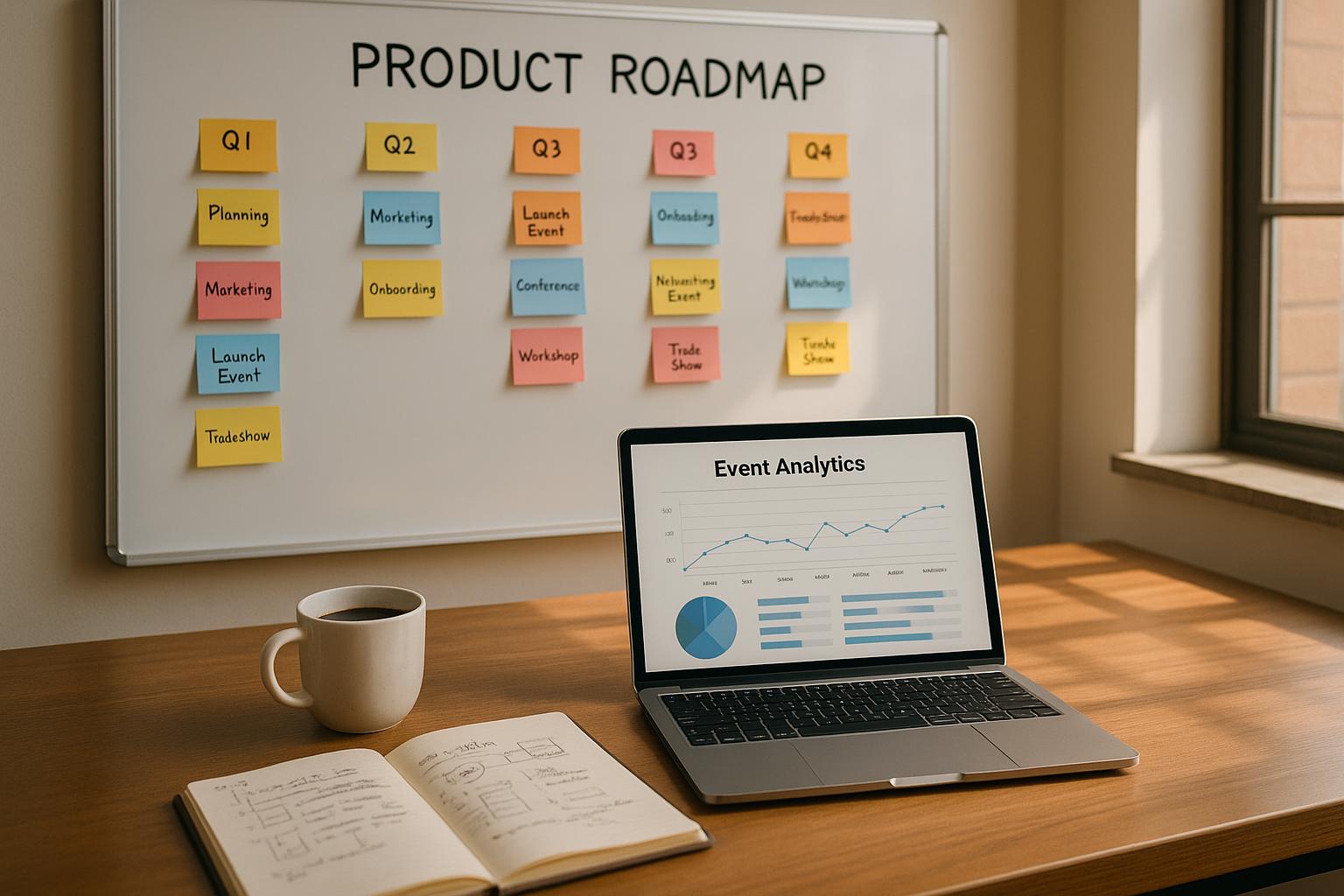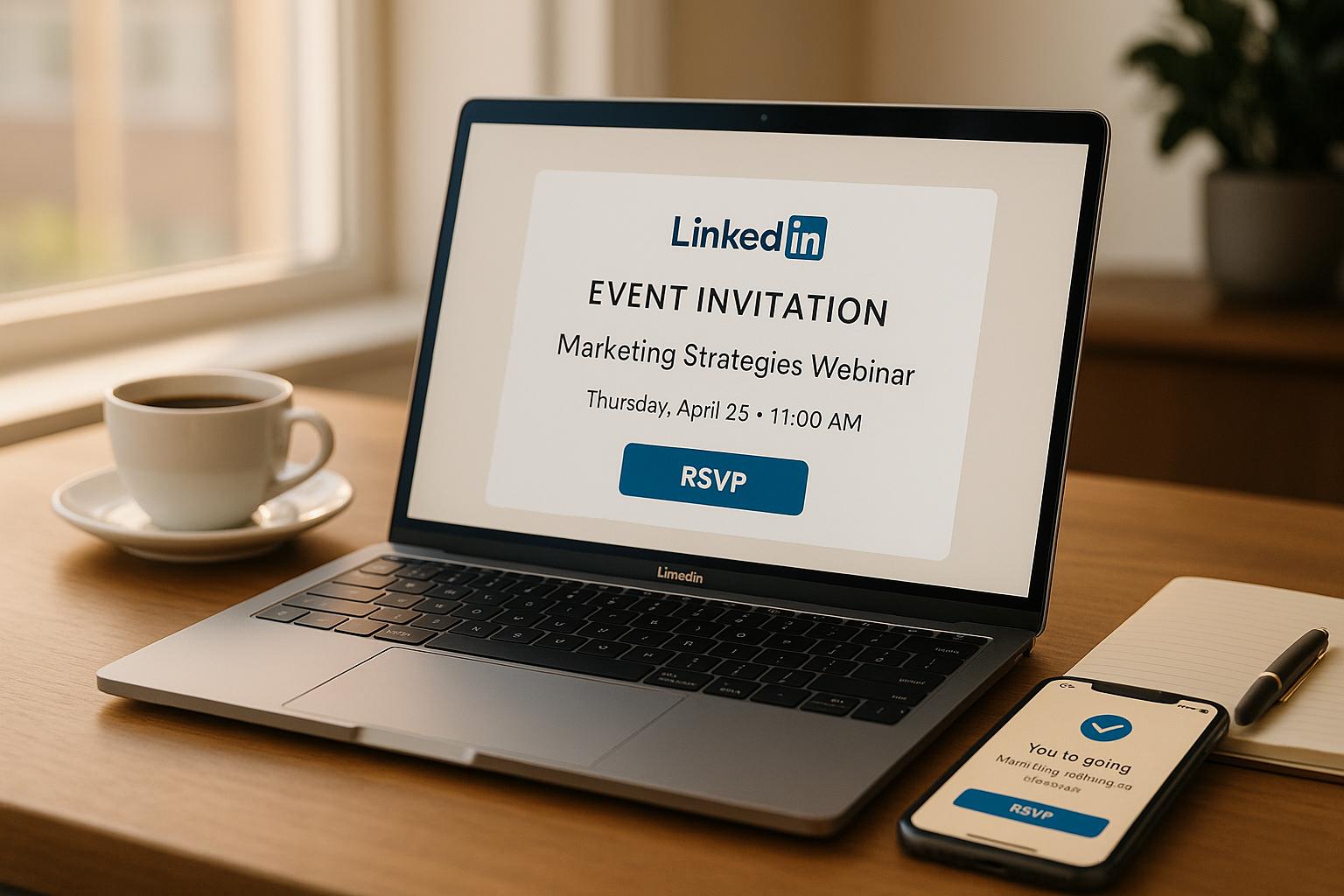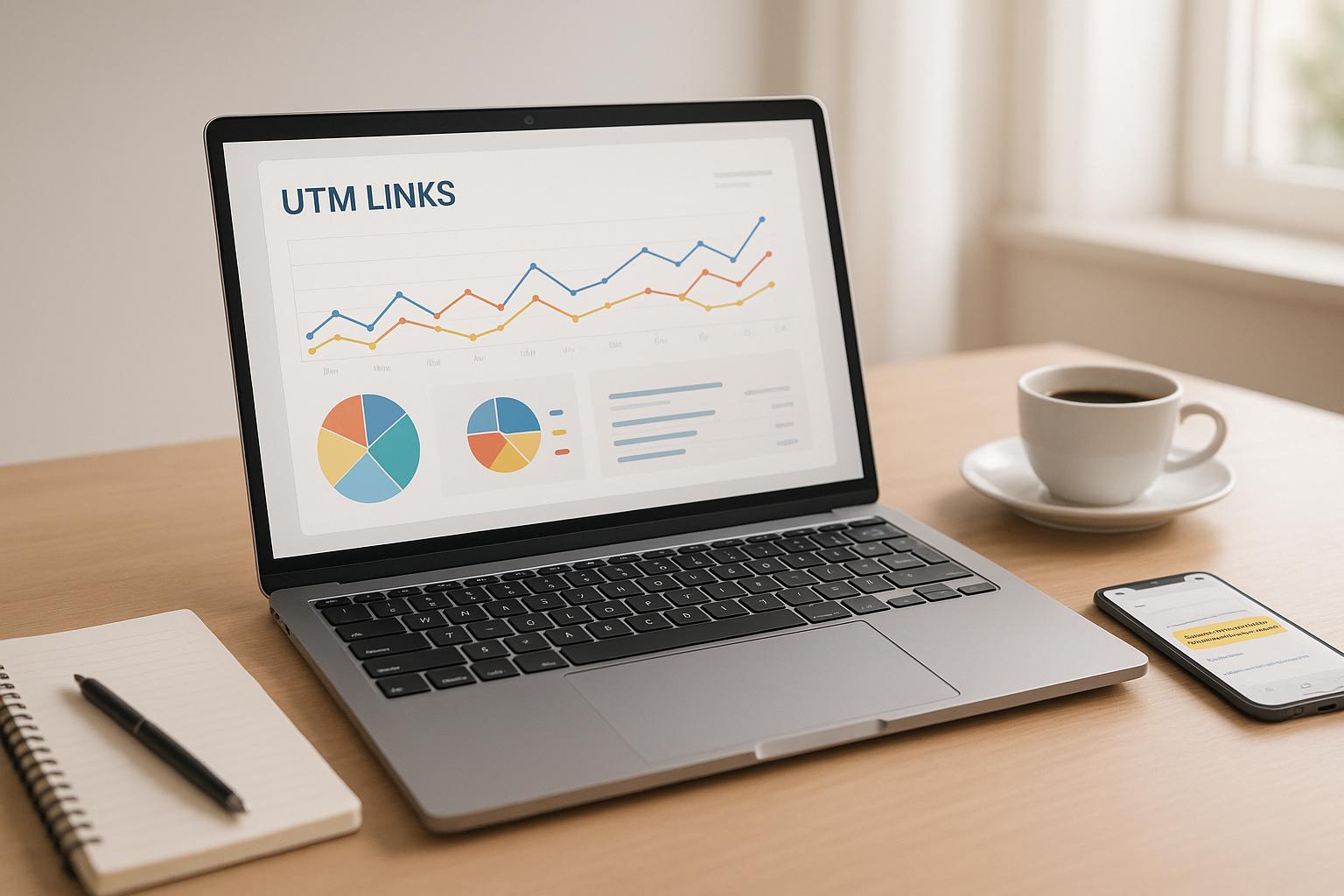Promoting events in today’s fast-paced, digital-first world can be a daunting task, especially for independent artists, event promoters, and venue owners. With so many platforms, tools, and strategies to choose from, how do you cut through the noise and ensure your event stands out? This article synthesizes expert insights from a recent webinar on event promotion, offering actionable guidance on marketing, media engagement, and maximizing audience reach.
Whether you’re an individual artist hosting a workshop, a promoter curating performances, or a venue owner organizing community events, this guide will help you optimize your strategies to boost visibility and attendance while streamlining your workflow.
1. Understanding the Core of Event Promotion
Before diving into the nitty-gritty of tools and strategies, it’s essential to identify the unique selling point (USP) of your event. What makes it unmissable?
Find Your Event’s "Carrot"
The "carrot" refers to the irresistible aspect of your event that captivates potential attendees. Ask yourself:
- What transformation will attendees experience? Will they leave feeling inspired, entertained, or enriched?
- What’s unique or rare about your event? Is it a one-of-a-kind performance, a collaboration, or an innovative format?
- What emotional connection does your event create? A sense of joy, cultural pride, or creativity?
Surveying your team or past attendees can also provide valuable insights into what truly excites people about your offering.
2. Define and Engage Your Target Audience
Knowing who you’re trying to reach is critical for crafting messages that resonate. Your audience likely includes:
- Existing fans and followers: People already familiar with your work.
- Potential new audiences: Broader groups interested in arts, culture, or community-centered activities.
- Collaborative networks: Other artists, organizations, or community partners with aligned interests.
To connect with these groups effectively:
- Map out their preferences. Where do they hang out online? What type of content do they engage with?
- Segment your messaging. Tailor your communication style and platform use to specific audience segments.
3. Strategic Use of Promotion Tools and Platforms
Leverage Event Management Tools
Centralized event registration platforms can simplify the promotion process. For example, RSVP tools allow attendees to sign up in advance, helping you anticipate audience size while building excitement. Widgets that embed event information directly into your website can further streamline information-sharing.
If you’re already using third-party ticketing systems like Eventbrite, integrate them with promotional tools to ensure a cohesive experience for your audience.
Optimize Your Marketing Assets
Visual branding plays a crucial role in capturing attention. Use customizable templates for social media posts, posters, and email campaigns. Free tools like Canva allow you to adapt designs to match your event’s tone and personality.
Some innovative ideas for branding include:
- Incorporating logos and visuals into physical spaces. For example, event aprons, projection screens, or trail signs with event branding.
- Creative engagement during the event. Offer branded stamps or interactive elements that attendees can share on social media.
4. Mastering Social Media Engagement
Social media remains one of the most powerful tools for event promotion. However, with constant algorithm changes and shifting trends, staying effective requires agility and creativity.
Daily Practices for Sustained Growth
- Monitor your feed regularly. Stay connected to what your audience is discussing or sharing.
- Post consistently. Develop a content calendar to ensure timely announcements and reminders.
- Engage actively. Respond to comments, messages, and tagged posts promptly to build a sense of community.
Diversify Content Formats
- Use stories and polls for quick interactions.
- Share behind-the-scenes videos to give followers a glimpse into the creative process.
- Create dynamic visuals like reels and animations to tap into broader audiences.
- Collaborate with others through shared posts and partnerships.
Platform Optimization
Different platforms cater to different audiences. For instance:
- Instagram: Visual storytelling, reels, and interactive stories.
- Facebook: Community discussions and event pages.
- LinkedIn: Networking and professional partnerships.
Tailor your strategy to the strengths of each platform.
5. Tapping into Local Media and Networks
Engaging with Media Outlets
Local media - whether print, radio, blogs, or online channels - can amplify your event’s reach significantly. To craft a compelling media pitch:
- Emphasize relevance. Tie your event to current themes like community well-being, cultural heritage, or mental health benefits.
- Think beyond arts and culture media. Pitch to health, business, or lifestyle publications that align with your event’s impact.
- Personalize your outreach. Research reporters or outlets that cover related topics and frame your pitch around their audience’s interests.
Collaborating with Other Organizations
Partnering with like-minded groups can extend your reach. For example:
- Co-host events with complementary organizations.
- Form event hubs featuring multiple activities to cross-promote each other’s programs.
- Share each other’s content on social media to reach overlapping audiences.
6. Creating Accessible and Inclusive Promotions
To ensure your promotions reach the widest audience:
- Use legible fonts and high-contrast colors for graphics.
- Add alternative text to images for screen readers.
- Include multilingual materials if applicable to your audience.
- Provide clear event details. Address potential barriers such as parking, accessibility, or weather concerns.
Key Takeaways
- Focus on your event’s unique appeal. Identify what makes it special and build your messaging around that.
- Know your audience. Tailor your messaging to the needs and preferences of your target groups.
- Leverage event management tools. Tools like RSVP systems and widgets can simplify promotion and enhance user experiences.
- Maximize social media engagement. Diversify content formats and focus on platforms where your audience is most active.
- Collaborate for greater impact. Partner with other organizations and tap into local media networks to expand reach.
- Create accessible materials. Ensure your promotions are inclusive with clear details and accessible designs.
- Be strategic with media pitches. Highlight larger themes and position your event as timely and relevant.
- Sustain momentum beyond the event. Use Culture Days as a launching pad to build long-term engagement strategies.
Conclusion
Event promotion doesn’t have to be overwhelming. By focusing on your event’s unique value, understanding your audience, and utilizing the right tools and platforms, you can create a seamless and impactful promotion strategy. Independent artists, promoters, and venue owners have the power to amplify their events, foster community connections, and bring people together to celebrate arts and culture.
With thoughtful planning and consistent execution, your event can become a memorable experience that resonates well beyond its closing day. Dive into the strategies outlined above, and let your creativity take center stage.
Source: "Promoting Your Events: Marketing and Media Strategies" - Culture Days – Fête de la culture, YouTube, Aug 19, 2025 - https://www.youtube.com/watch?v=YIFsapABXLc
Use: Embedded for reference. Brief quotes used for commentary/review.


